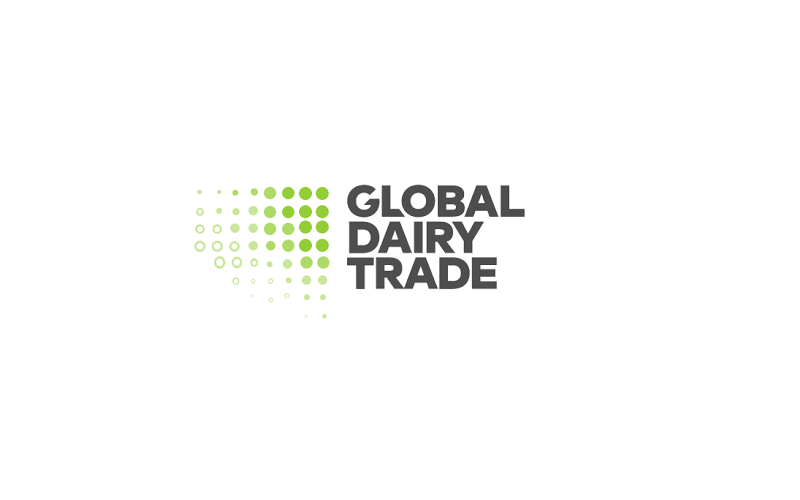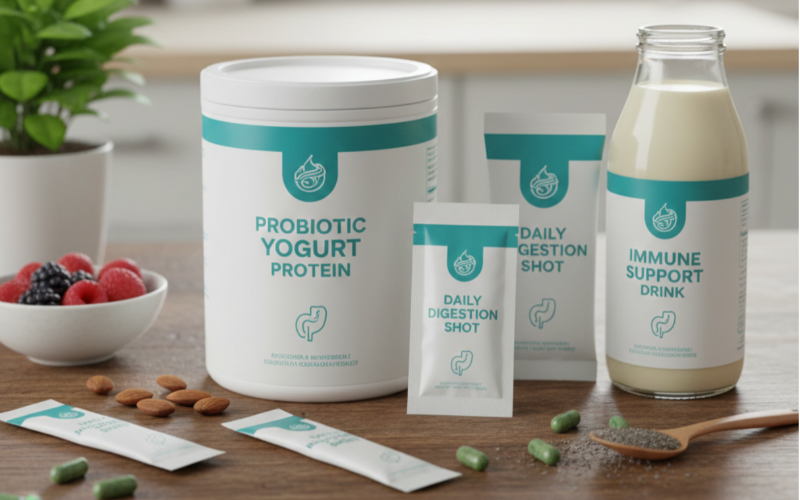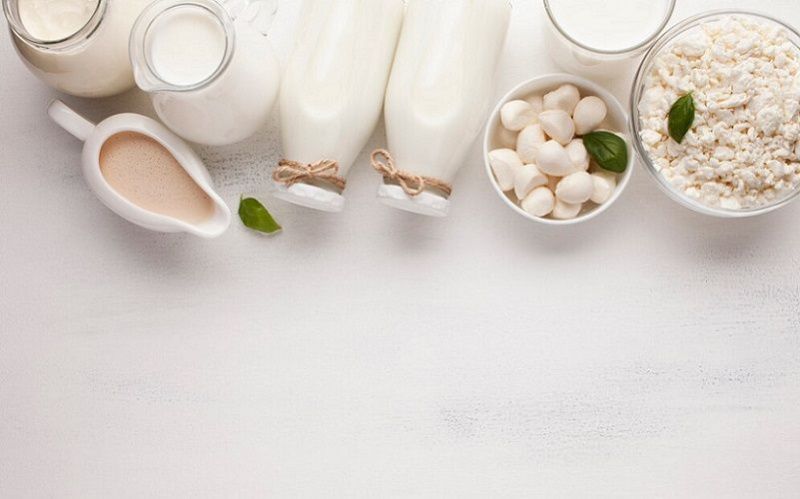Aseptic Packaging Market size is set to grow by USD 71.18 billion from 2024-2028, Technavio
Source: The DairyNews
The global aseptic packaging market size is estimated to grow by USD 71.18 billion from 2024-2028, according to Technavio. The market is estimated to grow at a CAGR of 14.65% during the forecast period.

Sterility requirements and self-administration of injectable drugs is driving market growth, with a trend towards adoption of electrical resistance heating techniques. However, high initial investment poses a challenge.
The aseptic packaging market is experiencing growth due to the adoption of advanced heating techniques like high-temperature short-time (HTST) processing and ohmic heating. These methods preserve product quality by reducing heating time and maintaining nutrient value. HTST is ideal for liquids, while ohmic heating is suitable for thicker foods. These energy-efficient and environmentally friendly methods, along with microwave heating and ultra-high pressurization, are being widely used by major companies.
The aseptic packaging market is experiencing significant growth due to the increasing demand for sterile and safe food and pharmaceutical products. The use of advanced technologies like PET bottles, aluminum laminates, and injection molding processes enable the production of high-quality aseptic packaging solutions. These solutions are particularly important in the food and beverage industry, where the preservation of nutrients and taste is crucial. Additionally, the rise in consumer awareness regarding health and hygiene has fueled the market's growth. The market is also witnessing an increase in the use of sustainable materials, such as biodegradable plastics, to reduce environmental impact. Overall, the aseptic packaging market is expected to continue its upward trend in the coming years.
The aseptic packaging market is experiencing growth due to the adoption of advanced heating techniques like high-temperature short-time (HTST) processing and ohmic heating. These methods preserve product quality by reducing heating time and maintaining nutrient value. HTST is ideal for liquids, while ohmic heating is suitable for thicker foods. These energy-efficient and environmentally friendly methods, along with microwave heating and ultra-high pressurization, are being widely used by major companies.
The aseptic packaging market is experiencing significant growth due to the increasing demand for sterile and safe food and pharmaceutical products. The use of advanced technologies like PET bottles, aluminum laminates, and injection molding processes enable the production of high-quality aseptic packaging solutions. These solutions are particularly important in the food and beverage industry, where the preservation of nutrients and taste is crucial. Additionally, the rise in consumer awareness regarding health and hygiene has fueled the market's growth. The market is also witnessing an increase in the use of sustainable materials, such as biodegradable plastics, to reduce environmental impact. Overall, the aseptic packaging market is expected to continue its upward trend in the coming years.











